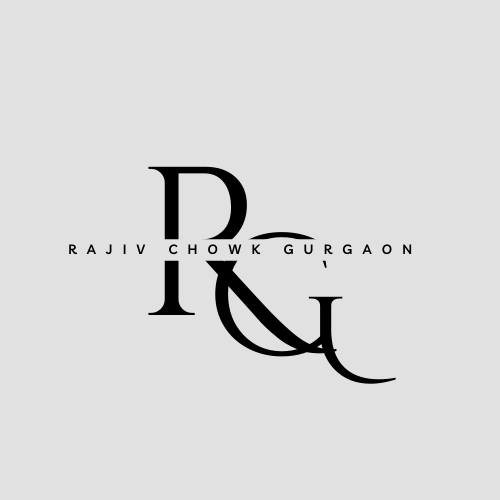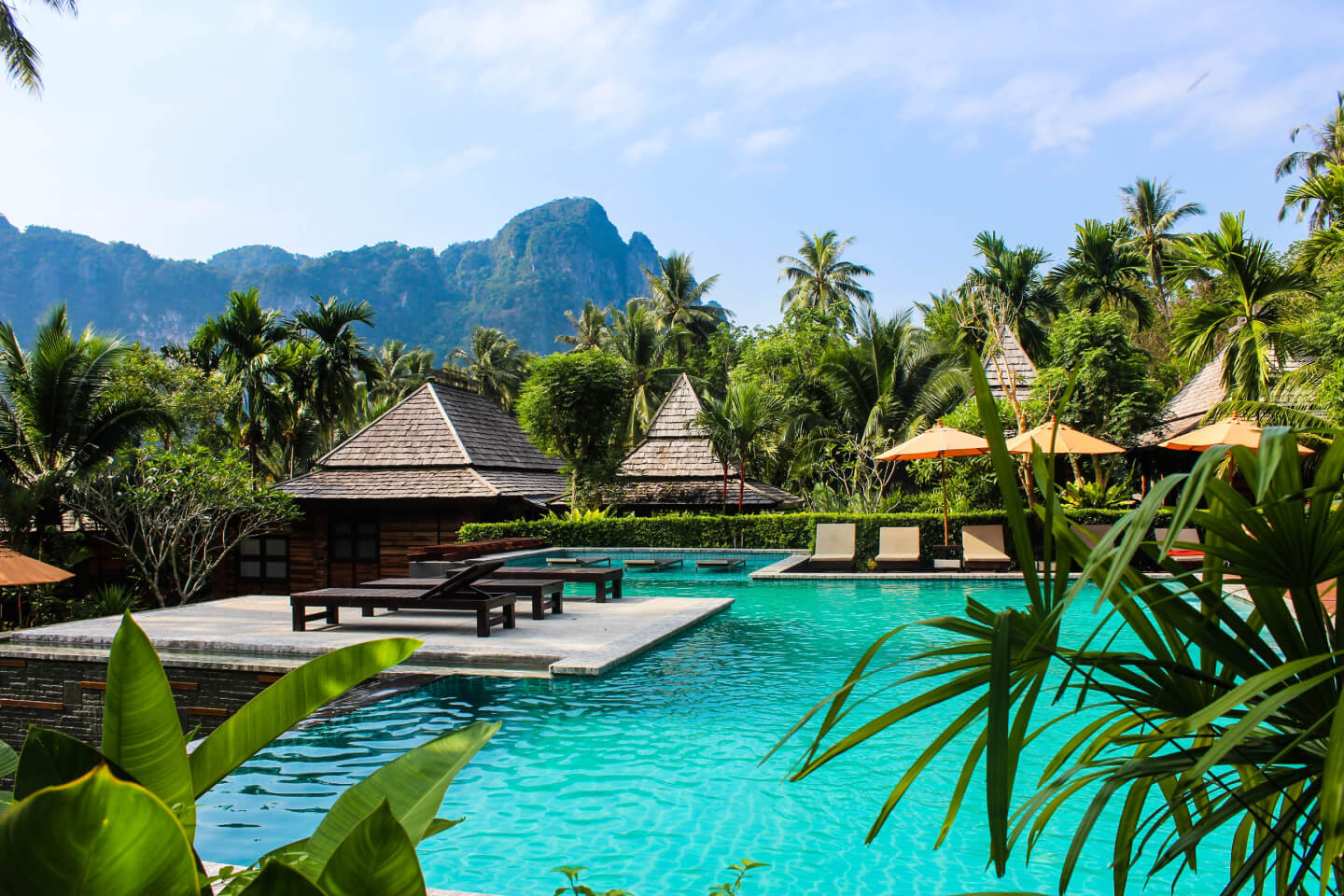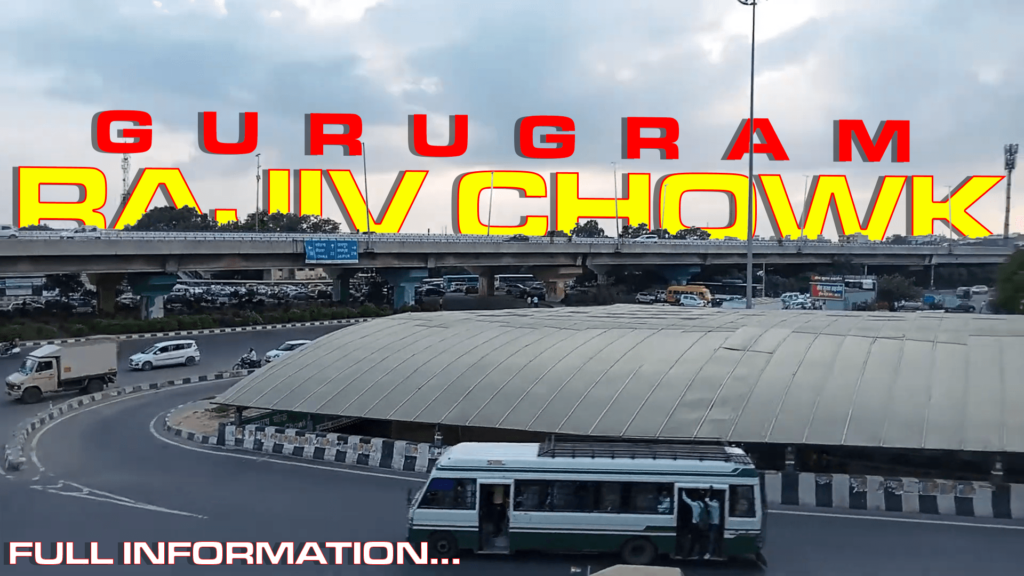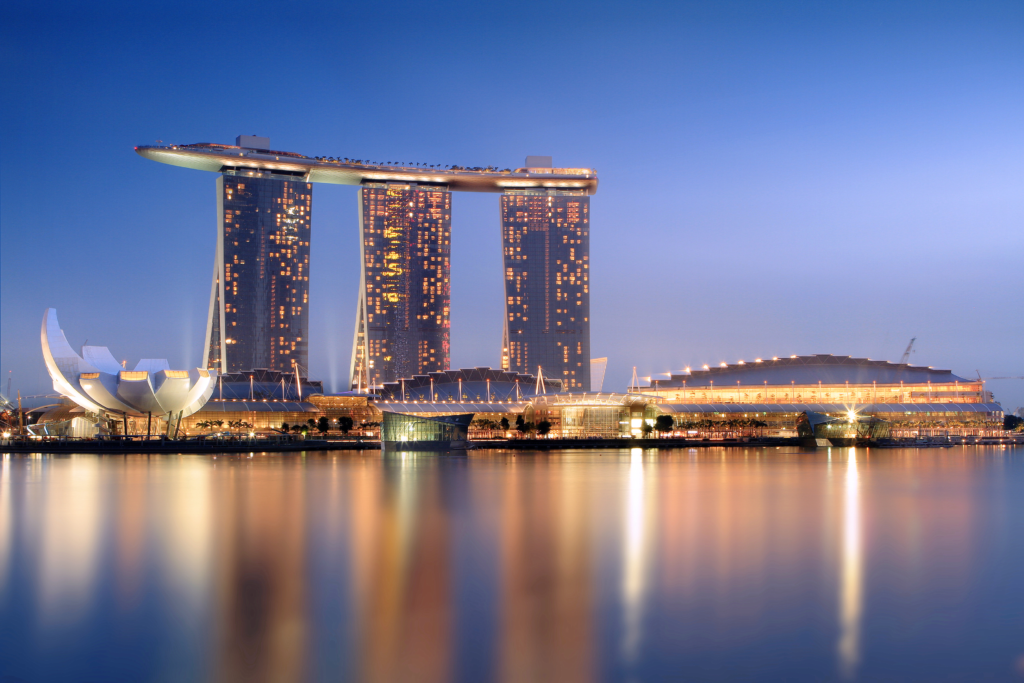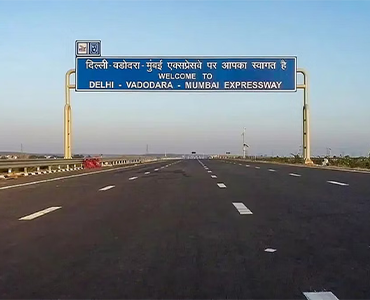
Delhi Mumbai Expressway All Information
Delhi Mumbai Expressway Route spans 1,386 km, enhancing connectivity, reducing travel time, and boosting economic growth between the two cities.
The longest road in India, the eight-lane Greenfield road, has officially opened for traffic. Better infrastructure, shorter travel times, and safer travel are all guaranteed. The construction of this enormous 1350-kilometer road cost an incredible Rs. 1 lakh crore. The highway is a part of the 42,000-kilometer Bharatmala Pariyojana, an economic corridor project spearheaded by the Modi government. Over 50 lakh laborers, skilled engineers, and more than 80 lakh tonnes of cement were required for the construction.
This road will relieve traffic on the NH48, which is currently part of the Golden Quadrilateral and runs from Delhi to Mumbai. The massive motorway’s initial finished section is a component of the government’s Golden Quadrilateral initiative. This Expressway Close to Rajiv Chowk Gurgaon. Its objective is to encompass the entire nation. The Golden Quadrilateral offers effective transportation connections between India’s largest cities, including New Delhi; Rajasthan; Gujarat; Maharashtra; Mathura, Varanasi, Agra, and Kanpur; Maharashtra; Ahmedabad; and more. Let’s examine more closely at what makes the highway special in the context of India’s development narrative and why it benefits people, plants, and animals alike.
The old roadway is congested with multiple entry and departure points along its entire length. The expressway, however, will be subject to limitations. Overall, the NH48 will have eight lanes, while there will be sections where it is just one or two lanes wide. It will traverse five states over a distance of 1250 kilometers. The Delhi Mumbai Expressway Route will reduce the 24-hour travel time between India’s capital and its financial hub to just 12 hours once completed. Cars will not be charged an admission fee, and tolls will be collected at the departure gates for their departure.With our Mumbai cab service, you may enjoy the ease of the Delhi-Mumbai Expressway. Fees are only assessed at the exit gates, with no entrance taxes.
Particularities of the Delhi Mumbai Expressway
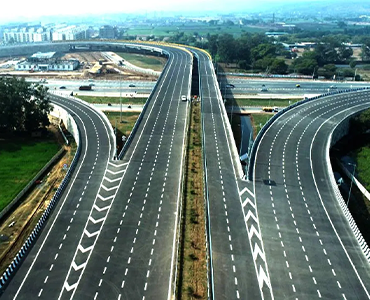
Delhi-Mumbai Expressway in Asia and India, with its underpasses and overpasses, minimally impacts Asian wildlife, including that Ranthambore Wildlife Sanctuary. We no longer put animals and travelers at risk during its construction.
An automated traffic management system will implemented, requiring 12 lakh tonnes steel for construction, which equivalent to building 50 Howrah Bridges. (Union Minister Nitin Gadkari’s statement
The construction crew set two world records while building this lengthy structure. The first record concerned the quantity of Pavement Quality Concrete (PQC) laid in a 24-hour period. The second goal was to construct the thickest layer of asphalt in 100 hours. Bituminous materials, which naturally occurring, thick, and sticky liquids derived from crude petroleum, make surface bituminous roadways, commonly known asphalt. An overall bitumen mix used in construction of flexible pavement to provide surface drainage, surface friction, and structural strength.
Major cities along the Delhi Mumbai highway
The expressway would connect important cities such as Delhi, Kota, Indore, Jaipur, Bhopal, Vadodara, Surat, and Mumbai. To ensure a convenient and comfortable journey between these significant destinations, it may advantageous reserve our. Delhi taxi service for your return trip to Mumbai from Delhi. It travels through the following five states: Gujarat, Maharashtra, Madhya Pradesh, Rajasthan, and Haryana. In addition links eight airports including upcoming Jewar and Navi Mumbai airports and thirteen seaports well as eight logistics parks. All of which have a major impact on the nation’s economic transformation. Make an appointment for our Delhi airport cab service for easy airport transportation.
Delhi Mumbai Expressway Route
Start and Finish –
The expressway will run from Sohna in Gurgaon, Haryana, to Mira-Bhayander outside Mumbai. There will be two expressway extensions on either side. The side will connect Sarai Kale Khan in Delhi by 60 kilometers. On the Mumbai side, a 90-kilometer route will connect the JNPT port in Navi Mumbai with the highway in Virar. Originally, the aim was to build the expressway through Agra, but that would have been extremely long.
So the path runs as follows: Sohna, Gurgaon, Mewat, Haryana, Alwar, Rajasthan, Mandsaur, Madhya Pradesh, Dahod, Gujarat, Vadodara, Gujarat, and then parallel to the NH48 until Mira Bhayandar. The size breakdown by state will be Haryana with 80 kilometers, Rajasthan with 380 kilometers, Madhya Pradesh with 370 kilometers, Gujarat with 300 kilometers, and Maharashtra with 120 kilometers. This will minimize the distance between the two cities by 150 kilometers and cut travel time to around 12 hours.
Mumbai Expressway Route in Haryana:
- NH-919, Flyover Interchange near Bhirawati Village, Sohna.
- Western Peripheral Expressway Cloverleaf Interchange, near Khalilpur Village.
- MDR132: Flyover Interchange Between Nuh-Ujina and Nuh-Hodel Link.
- MDR135, Interchange Between Bhadas Hathin, Bhadas.
- NH22, Flyover Interchange, east of Firozepur Jhirka.
Delhi Mumbai Expressway Route in Rajasthan:
- Alwar, Interchange at NH45, NH14, and NH44.
- Rajgarh interchange at NH25A.
- NH29, Indragarh Interchange.
- Kota, Interchangs at NH34, NH52, and NH27.
- NH31A, Neemuch Interchange.
Delhi Mumbai Expressway Route Map

